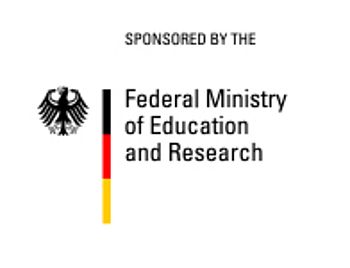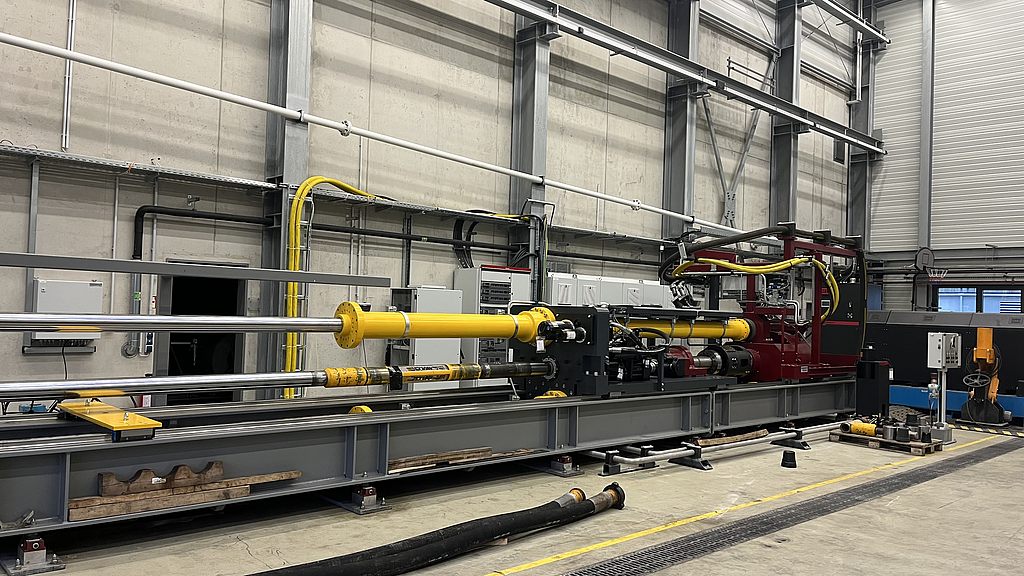GeoTES: Possibilities and limits of thermal energy storage in deep aquifers (georeservoirs) in the context of the German "Wärmewende 2030"
GeoTES: Possibilities and limits of thermal energy storage in deep aquifers (georeservoirs) in the context of the German "Wärmewende 2030"
The use of seasonal high-temperature aquifer energy storage (HT-ATES) in combination with large-scale heat pumps has been insufficiently considered so far. Therefore, the aim of the joint project GeoTES is to develop a mathematical model for an optimised surface and underground heat system and for its integration into heat and power grids. The GeoTES concept includes heat extraction from deep aquifers with temperatures above 40°C to supply heat pumps and their integration into heat grids. In the process, the aquifer reservoirs are to be regenerated via a large-scale heat pump fed with renewable energy as well as via industrial waste heat and solar thermal energy. Due to the thermal capacity of the geological subsurface with high or low temperatures available all year round, the efficiency of large-scale heat pumps and the use of renewable energy sources and industrial waste heat, the project pursues a sustainable approach to implementing the heat transition. The development of a comprehensive geothermal storage concept for heat and cold supply will be based on the example site of Burgwedel in the Hannover region. The deep thermal waters at this site with their high salt content represent typical conditions for the northern German region. The very good seismic investigation status of the example site and investigation results of a neighbouring deep borehole allow a comprehensive reservoir characterisation of the thermal water-bearing sandstones. Similar geological situations with suitable sandstone formations are found in deep aquifers in large parts of Germany.
GeoTES consists of a total of five sub-projects (SP). In the first subproject, a numerical reservoir model for the simulation of ATES systems is to be developed with the help of the open-source simulator DuMuX, which takes into account geohydraulic and geochemical effects as well as storage efficiency and operational safety. SP2 deals with surface supply systems, which are combined in an overall model. For this purpose, a generally usable neighbourhood model will be developed as well as standard load profiles representing the electrical load side. Furthermore, the development of a strategy for the system integration of large heat pumps is planned. In the third sub-project, drilling and production parameters will be optimised. For this purpose, a thermal borehole model is to be coupled with the reservoir and quarter model and extended for application to multiphase fluids. The aim of SP4 is to create an integrated ATES simulation model and apply it to the Burgwedel example site, testing both different borehole configurations and alternative configurations for reservoir optimisation. The modelling will be formulated in a generally valid way and parameterised with the available data of the example location. In addition to validating the model approaches, this will make it possible to transfer the overall model to other locations. The fifth sub-project is used for project coordination. As a result, the GeoTES project will demonstrate the possibilities and limits of the use of thermal energy storage in aquifers for the emission-neutral energy supply of new and existing neighbourhoods in a site-neutral manner and provide numerical simulation tools for this purpose.

Duration: 01.07.2022 - 30.06.2025
Funding number: 06G0917A
Project Manager:
Prof. Dr. Leonhard Ganzer (Coordination, TU Clausthal)
Prof. Dr.-Ing. Hans-Peter Beck (TU Clausthal)
Prof. Dr.-Ing. Gunther Brenner (TU Clausthal)
Prof. Dr.-Ing. Philip Jaeger (TU Clausthal)
Prof. Dr.-Ing. Lars Kühl (Ostfalia Hochschule für angewandte Wissenschaften, Wolfenbüttel)
Prof. Dr. Martin Sauter (Georg-August-Universität Göttingen)
